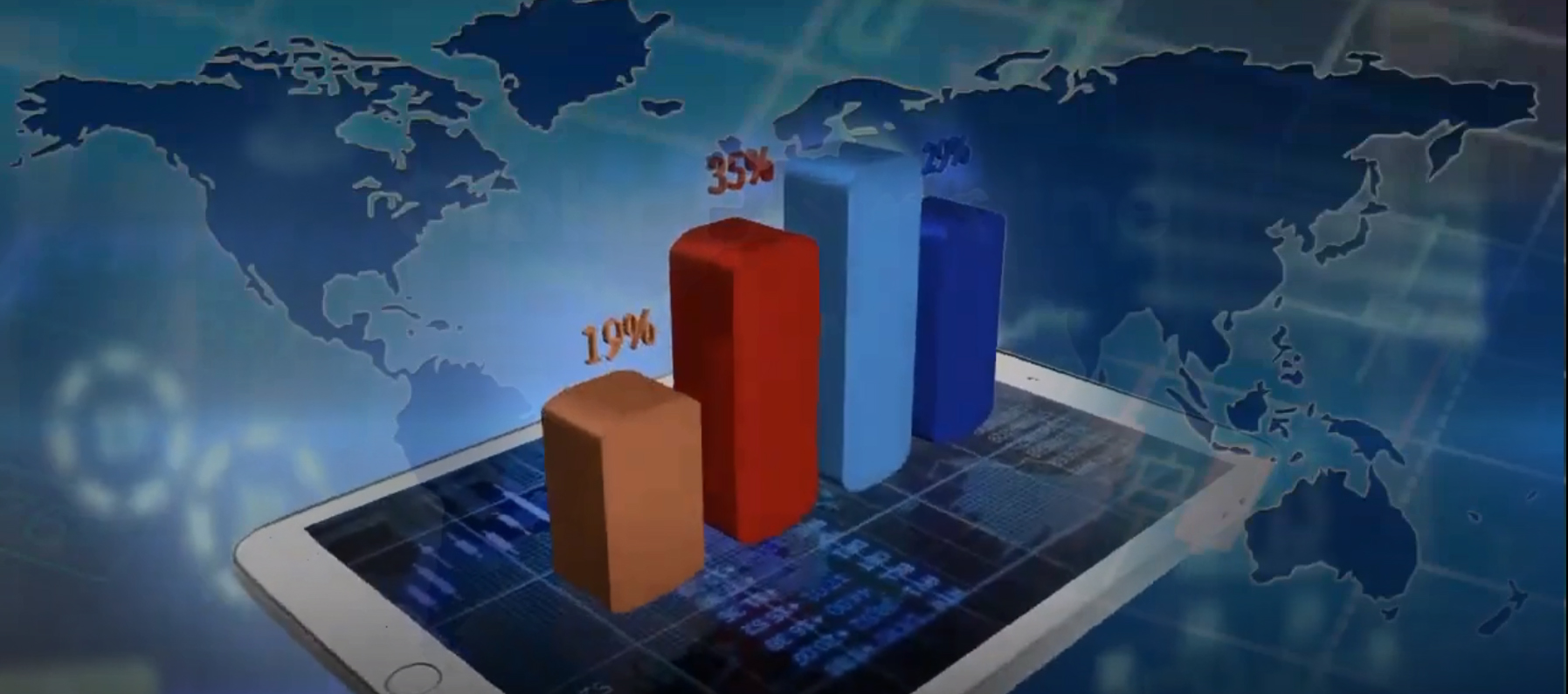Machine translation has been around for a very long time. Dating as far back as 1996, there has been technologist touting the demise of human translators. Yet, after years of advocating this “take-over”, human translators remain the staple in most multilingual communication requirements globally.
Global Machine Translation Industry Forecast in 2019
According to ResearchAndMarkets.com, the global machine translation market in 2019 was valued at USD 550.46 million and is expected to reach USD 1.042.46 billion by 2025, at a CAGR of 11.23% over the forecast period 2020-2025.
How has it situation changed recently?
Over the years, technological advances in Artificial Intelligence have hastened the pace of evolution of Machine Translation so much so that it has been touted as the replacement for human translators.
Many in the IT world have warned of the pending “demise” of human translators, suggesting that human translators might no longer be relevant in the future.
As the machine translation applications gained momentum over the years achieving significantly high accuracy levels, these tools are increasingly getting deployed in many areas of business.
The new normal these days is that advances in technology have made many jobs obsolete.
Going with the flow is no longer an option. Further resistance will only make the future transition tougher to overcome. We are, by no means, advocating surrendering to technology. Technology is far from perfect and will take many more years to produce translation quality close to that produced by human translators.
Many in the translation industry are taking a collaborative stance, adopting machine translation technology to help improve and increase the effectiveness and productivity of existing translation processes to facilitate multilingual communication for the present and prepare their businesses for the future.
To many of us, the term “machine translation” (MT) brings to mind the times when we passed our Chinese essay through Google Translate after writing it out in English before submission. For the more paranoid, it could even conjure images of Skynet conquering the world in the future.
In recent years, there has been growing interest and confidence in MTs and TMs, due in part to Google’s efforts at perfecting machine translation, and its prominent presence on the internet. At the same time, the availability of other MT and TM tools has made translations more available for everyone.
What is the outlook for Global Translation Machine Industry from now until 2027?
In a recent report released by Reportlinker.com in February 2021, the
Global Machine Translation Market is to reach a warping $1.5 Billion by 2027
Despite the COVID-19 crisis, the global market for Machine Translation was estimated at US$622.5 Million in the year 2020. This figure is projected to reach a revised size of US$1.5 Billion by 2027, growing at a CAGR of 13.9% over the analysis period 2020-2027.
The U.S. Machine Translation market alone is estimated at $183.4 Million.
While China, the second-largest economy in the world at the moment, is projected to grow at 13.6% CAGR reaching a market size of US$274 Million by the year 2027.
The other noteworthy countries are Japan and Canada, with a projected growth of 11.8% and 12.3% respectively over the 2020-2027 period.
Within Europe, Germany is forecast to grow at approximately 10.5% CAGR.
Other Segments Segment to Record 13.1% CAGR
In the global Other Segments segment, the USA, Canada, Japan, China, and Europe will drive the 12.9% CAGR estimated for this segment. These regional markets accounting for a combined market size of US$42.7 Million in the year 2020 will reach a projected size of US$100 Million by the close of the analysis period.
China will remain among the fastest-growing in this cluster of regional markets.
In the Asia-Pacific region, led by countries such as Australia, India, and South Korea, the market is projected to reach US$188.6 Million by the year 2027.
The 6th edition of the Global Machine Translation Industry report presents concise insights into how the pandemic has impacted production and the buy-side for 2020 and 2021.
How can Translation Companies survive in the future?
Swimming with the flow. Not against the current.
While we believe that machine translation will not replace human translation in the near future, we cannot be blind to the fact that rapid machine translation improvement with major global players investing heap-loads of money in it, will get better.
However, while language is subjective and thus translation, players in the translation industry must be aware of the development of AI in machine translation and the need to harness the power of technology to help produce high-quality translation output.
Instead of worrying about MT taking over human translators or living in denial, the translation industry as a whole should be taking the cue from many other industries that have thrived with technology.
If human translators and LSPs alike can leverage technology and be a part of the future translation processes rather than rejecting it totally, all will stand to gain and be in control.
Source:
ResearchAndMarkets.com
Reportlinker.com
#translation #translationsingapore #machinetranslation #globalmachinetranslationindustry #professionaltranslation #translationindustry #translationservice

